Imagine a home where every device, from your security cameras to your smart fridge, operates seamlessly and without interruption. A home where 4K streaming, video conferencing, and lightning-fast internet speeds are the norms. This vision can become a reality with fiber optic pre-wiring. As smart home technology evolves, the need for a robust, reliable, and high-speed internet connection becomes increasingly crucial. Fiber optic pre-wiring is the foundation that supports and enhances the capabilities of your smart home.
Table of Contents
- The Synergy Between Smart Homes and Fiber Optic Technology
- Planning Your Smart Home with Fiber Optic Pre-Wiring
- Step-by-Step Guide to Pre-Wiring for Fiber Optic in a Smart Home
- Enhancing Smart Home Features with Fiber Optic
- Future-Proofing Your Smart Home
- Cost Analysis and ROI
- FAQs
The Synergy Between Smart Homes and Fiber Optic Technology
Smart homes are no longer a futuristic concept; they are here and rapidly becoming a standard. These homes are equipped with various devices that communicate with each other and the internet to provide convenience, security, and efficiency. However, the performance of these devices is only as good as the network they rely on. This is where fiber optic technology comes into play.
Why Fiber Optic is Essential for Smart Homes
Fiber optic technology uses thin strands of glass or plastic fibers to transmit data at the speed of light. This allows for incredibly fast data transfer rates and minimal latency. Unlike traditional copper wiring, fiber optic cables are immune to electromagnetic interference and can carry data over longer distances without signal degradation.
- Higher Bandwidth: Fiber optic cables provide significantly higher bandwidth than copper cables, which means they can handle more data at once. This is essential for smart homes with multiple devices operating simultaneously.
- Faster Speeds: Fiber optic internet speeds can reach up to 1 Gbps and beyond, ensuring that your smart home devices operate smoothly and efficiently.
- Improved Reliability: Fiber optic cables are more durable and less susceptible to weather conditions and electromagnetic interference, resulting in a more stable and reliable connection.
Planning Your Smart Home with Fiber Optic Pre-Wiring
Before diving into the installation process, careful planning is essential. Pre-wiring your smart home for fiber optic involves several considerations to ensure optimal performance and future-proofing.
Assessing Your Home’s Needs
Start by assessing your current home setup and identifying areas that will benefit most from fiber optic connections. Consider the following:
- Device Locations: Identify where your smart home devices are or will be located. Common areas include the living room, home office, kitchen, and entryways.
- Network Layout: Plan a network layout that minimizes cable lengths and avoids potential interference. Consider centralizing your network equipment to ensure even coverage throughout the home.
- Future Expansion: Think about future-proofing your home. Plan for additional devices and potential upgrades, such as adding more smart home devices or increasing internet speeds.
Step-by-Step Guide to Pre-Wiring for Fiber Optic in a Smart Home
Pre-wiring your home for fiber optic involves several steps, from selecting the right cables to installing them and connecting your devices. Here’s a comprehensive guide to help you through the process.
Mapping Out Your Smart Home Needs
Begin by mapping out your smart home needs. Identify key areas that will benefit most from fiber optic connections. Consider rooms where you frequently use high-bandwidth applications, such as streaming or video conferencing. Also, think about areas where security is a priority, like entryways and the perimeter of your home.
Selecting the Right Fiber Optic Cables
Choosing the right type of fiber optic cable is crucial for optimal performance. There are two main types of fiber optic cables: single-mode and multi-mode.
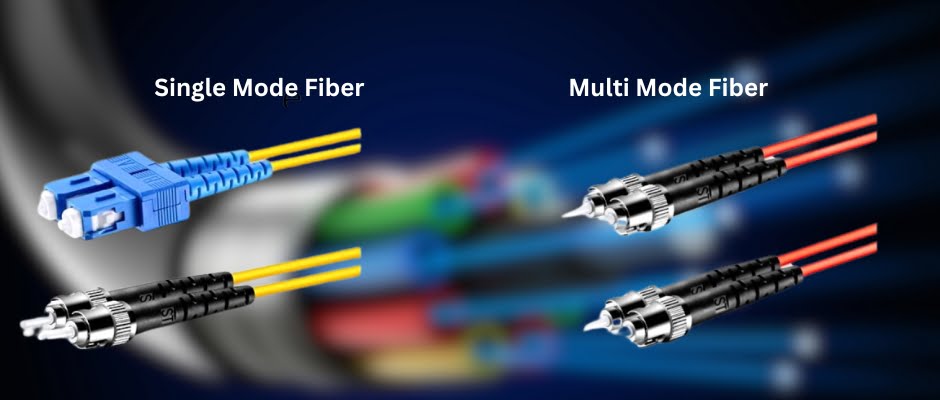
- Single-Mode Fiber: Best for long-distance transmissions and offers higher bandwidth capabilities. It is ideal for large homes or installations where the network spans long distances.
- Multi-Mode Fiber: Suitable for shorter distances and typically used in smaller homes or within individual rooms. It is more cost-effective for shorter runs.
Consider the layout and size of your home when selecting the type of cable. For most residential applications, multi-mode fiber is sufficient. However, if you plan to connect outbuildings or cover large distances, single-mode fiber may be a better choice.
Installation Process
Installing fiber optic cables requires precision and care. Here’s a step-by-step guide to help you through the process:
Preparing Your Home
- Create a Wiring Plan: Outline where each cable will run, including entry points, cable routes, and termination points.
- Gather Tools and Materials: You will need fiber optic cables, connectors, a fiber optic termination kit, cable management tools, and a fiber optic tester.
Running the Cables
- Drill Entry and Exit Holes: Drill holes for the cables to enter and exit walls, floors, or ceilings. Ensure the holes are large enough for the cable and any protective conduit.
- Pull the Cables: Carefully pull the fiber optic cables through the drilled holes. Use cable management tools to secure the cables and prevent damage.
- Avoid Sharp Bends: Maintain proper bend radius to prevent signal loss. Sharp bends can cause the fiber to break or degrade the signal.
Terminating the Cables
- Strip the Fiber: Use a fiber optic stripping tool to remove the outer jacket of the cable, exposing the individual fibers.
- Clean the Fibers: Clean the fibers with an appropriate cleaning solution to remove any debris or contaminants.
- Install Connectors: Attach connectors to the ends of the fibers using a termination kit. Follow the manufacturer’s instructions for best results.
Connecting to Smart Home Devices
Once the cables are installed, it’s time to connect them to your smart home devices and network equipment. Here’s how:
- Connect to the Router: Connect the fiber optic cable to your router using a fiber optic transceiver or media converter. This converts the optical signal to an electrical signal that your router can use.
- Distribute to Devices: Use Ethernet cables to connect the router to your smart home devices, such as security cameras, smart thermostats, and entertainment systems.
- Test the Connections: Use a fiber optic tester to ensure the connections are working correctly. Check for signal strength and data transfer rates.
Testing and Troubleshooting
After installation, thorough testing is crucial to ensure everything is working correctly. Here are some tips:
- Test Signal Strength: Use a fiber optic tester to check signal strength at various points in the network.
- Check Data Transfer Rates: Verify that data transfer rates meet your expectations. Test streaming, downloading, and other high-bandwidth activities.
- Troubleshoot Issues: If you encounter issues, check for common problems such as loose connections, damaged cables, or improper termination.
Enhancing Smart Home Features with Fiber Optic
Fiber optic pre-wiring can significantly enhance various smart home features, providing a more seamless and efficient experience. Here’s how:
Home Entertainment
With fiber optic pre-wiring, your home entertainment system will reach new heights. Enjoy seamless 4K streaming, high-fidelity audio, and lag-free online gaming. The increased bandwidth and speed ensure that multiple devices can stream content simultaneously without buffering.
Smart Security
Fiber optic technology enhances smart security systems by providing real-time video surveillance and instant alerts. High-definition security cameras require substantial bandwidth to transmit clear, real-time video. With fiber optics, you can monitor your home with minimal delay and high reliability.
Home Automation
Home automation systems benefit greatly from fiber optic pre-wiring. Control lighting, HVAC, and appliances with ease and efficiency. The reliable and fast connections provided by fiber optics ensure that commands are executed instantly, making your smart home truly responsive.
Future-Proofing Your Smart Home
One of the greatest advantages of fiber optic pre-wiring is its scalability. As smart home technology advances, the demand for higher bandwidth and faster speeds will only increase. Fiber optic technology is well-equipped to handle these demands, ensuring your home remains future-proof.
Planning for Upgrades
When planning your fiber optic pre-wiring, consider potential future upgrades. This could include adding more smart home devices, increasing internet speeds, or integrating new technologies. By planning for these possibilities, you can ensure that your home network will continue to meet your needs for years to come.
Long-Term Benefits
Investing in fiber optic pre-wiring offers numerous long-term benefits, including:
- Increased Home Value: Homes with advanced technological infrastructure, such as fiber optic pre-wiring, are more attractive to buyers.
- Reduced Maintenance Costs: Fiber optic cables are more durable and require less maintenance than traditional copper cables.
- Enhanced Home Functionality: Enjoy the full capabilities of your smart home devices with a robust and reliable network.
Cost Analysis and ROI
Pre-wiring your home for fiber optic involves an initial investment, but the long-term benefits far outweigh the costs. Here’s a breakdown of the costs and potential return on investment:
Initial Costs
- Materials: Fiber optic cables, connectors, termination kits, and other materials.
- Labor: Professional installation costs, if you choose to hire experts.
- Equipment: Network equipment such as routers, switches, and media converters.
Long-Term Savings
- Lower Maintenance: Fiber optic cables require less maintenance and are less prone to damage.
- Increased Efficiency: Improved network performance can lead to energy savings and reduced downtime.
- Enhanced Home Value: A well-wired home with advanced technology can command a higher market price.
FAQs
The main benefits include higher bandwidth, faster internet speeds, improved reliability, and future-proofing your home for new smart technologies.
Fiber optic technology enhances smart security systems by providing real-time video surveillance and instant alerts, thanks to its high bandwidth and low latency.
Yes, despite the initial costs, fiber optic pre-wiring is a cost-effective investment due to its long-term benefits, such as increased home value, reduced maintenance costs, and enhanced home functionality.
While it is possible to install fiber optic cables yourself with the right tools and knowledge, hiring a professional ensures the installation is done correctly and efficiently.
The choice between single-mode and multi-mode fiber depends on your home’s layout and needs. Single-mode fiber is best for long distances, while multi-mode fiber is suitable for shorter distances and smaller homes.
Fiber optic pre-wiring future-proofs your home by providing a scalable and reliable network infrastructure that can support future smart home technologies and higher bandwidth demands.
Fiber optic pre-wiring is an essential upgrade for any smart home. It provides the speed, reliability, and bandwidth needed to support the growing number of smart devices and applications. By investing in fiber optic pre-wiring, you future-proof your home, ensuring it remains on the cutting edge of technology. Whether you’re building a new home or upgrading an existing one, fiber optic pre-wiring is a smart choice that will pay dividends for years to come.


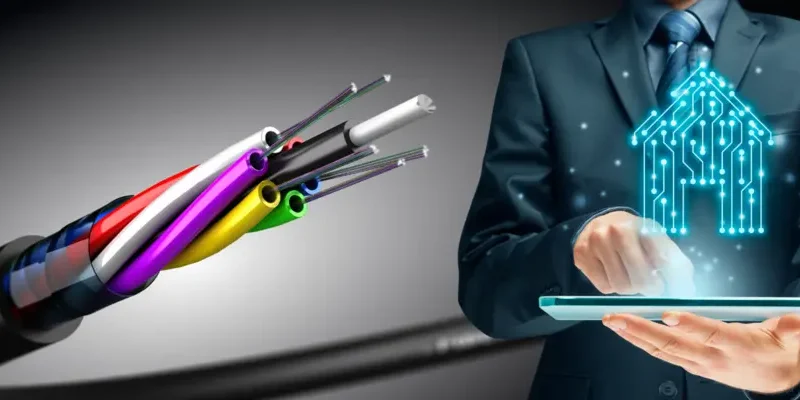
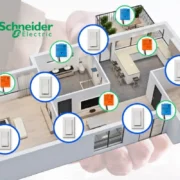

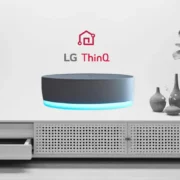


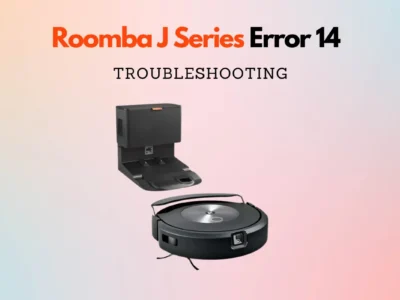
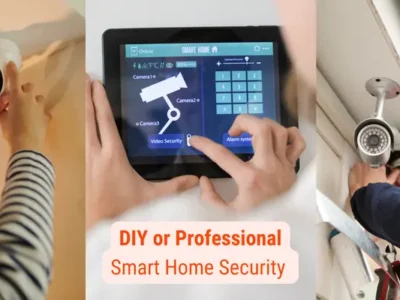
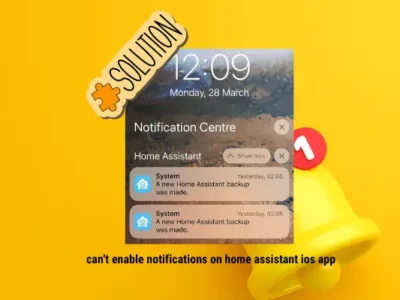

Comments